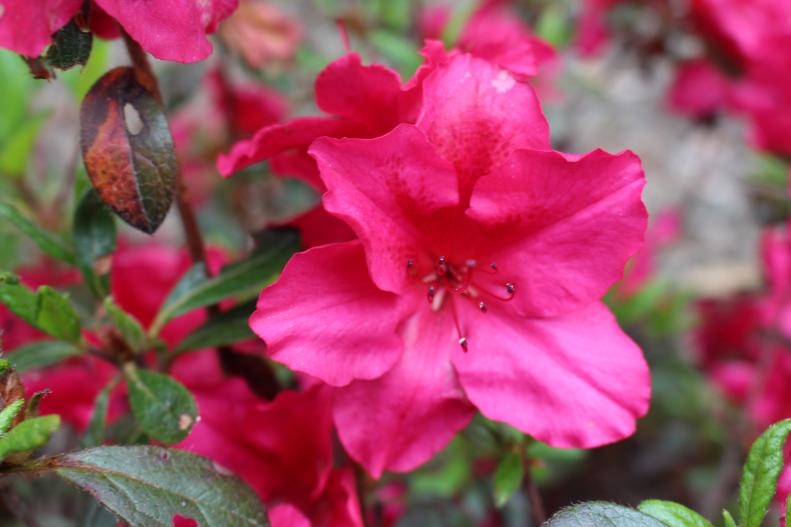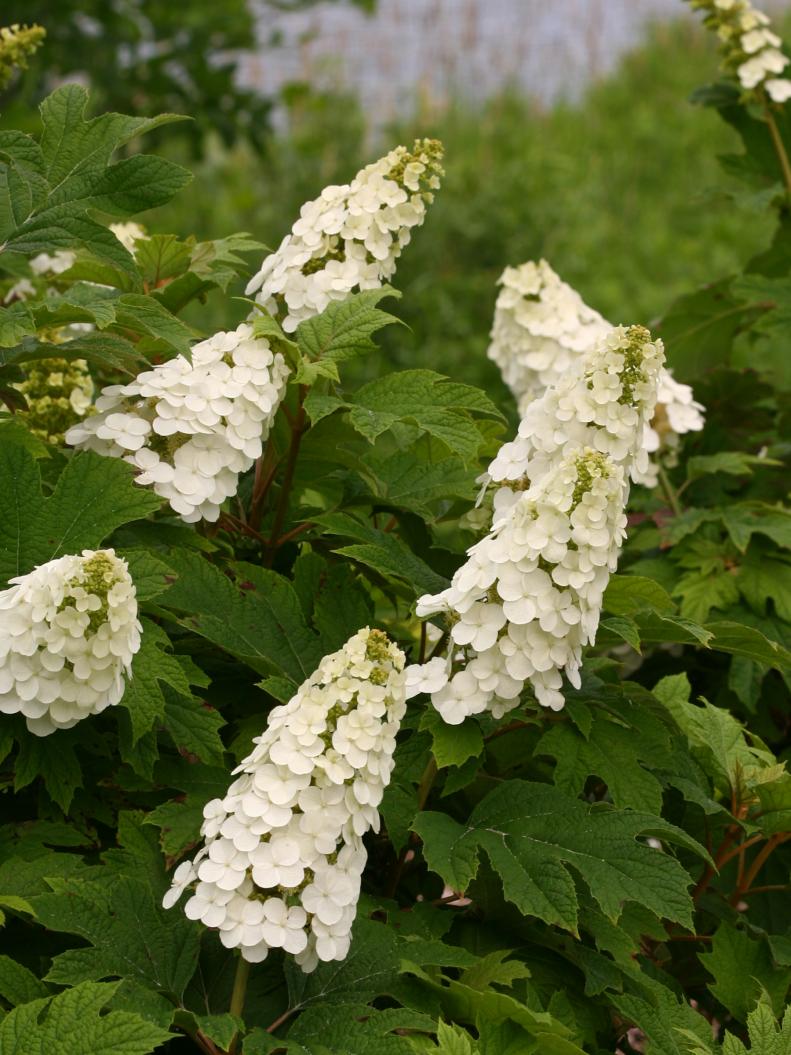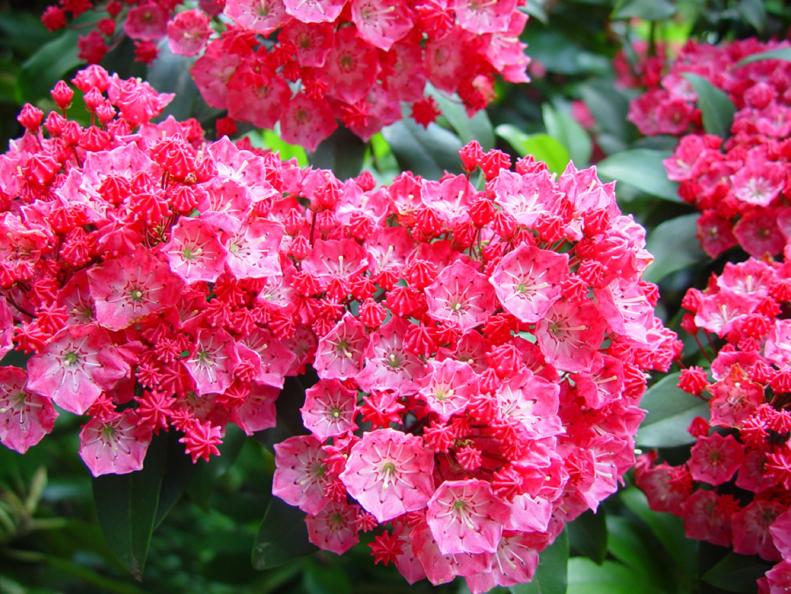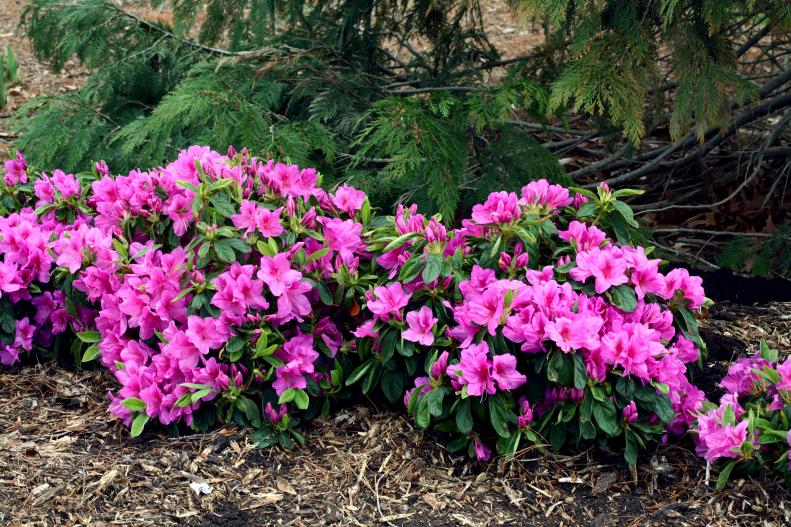Choose Your Shrubs for Shade
Most of us dream of the day when our gardens mature. We envision tall, leafy trees and mounds of blooming perennials, moss-covered statuary and cool, sheltered spots to stroll or sit.
Then reality sets in. When those trees grow up, they shade everything underneath, and we can’t grow many of our favorites anymore. Many plants need more light than our gardens can offer, and we have to give up on roses, tropicals and other sun-lovers.
Luckily, we have alternatives, especially when it comes to growing shrubs in the shade. There are some spectacular standouts we can enjoy, including azaleas (pictured above), climbing hydrangeas, Euonymus, red and yellow twig dogwoods, elderberries, ninebark, spirea and others.
Keep in mind that some shrubs can take almost full shade, but others need so-called bright or high shade—in other words, dappled light or morning sun. Still, others are versatile enough to grow even in the sun. Here are some of our favorite shade shrubs.









